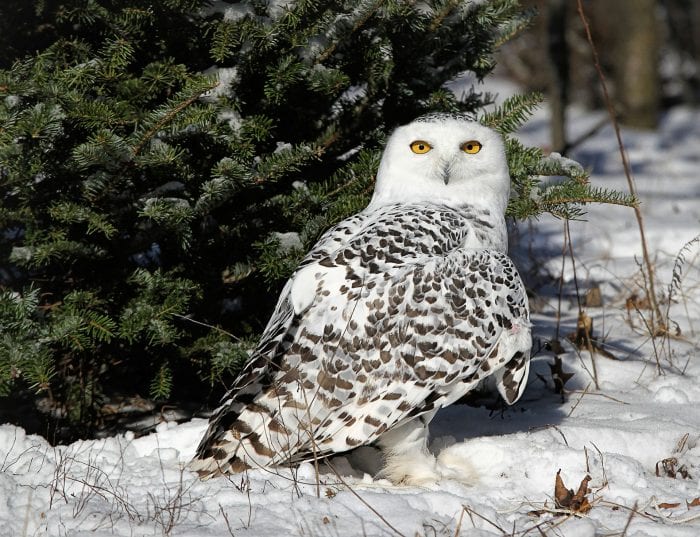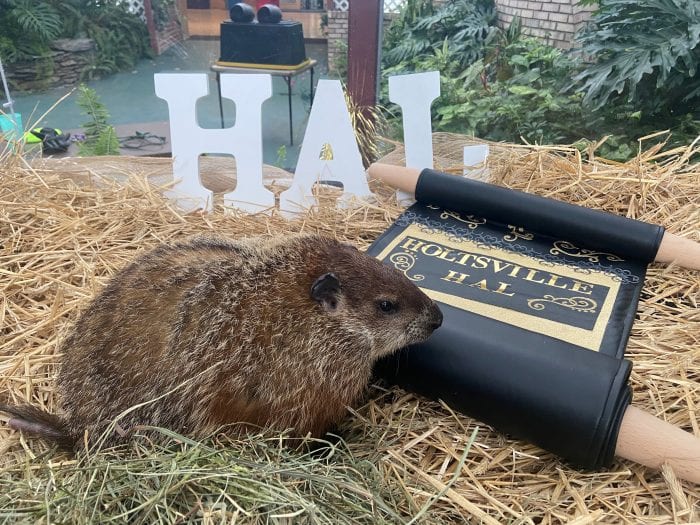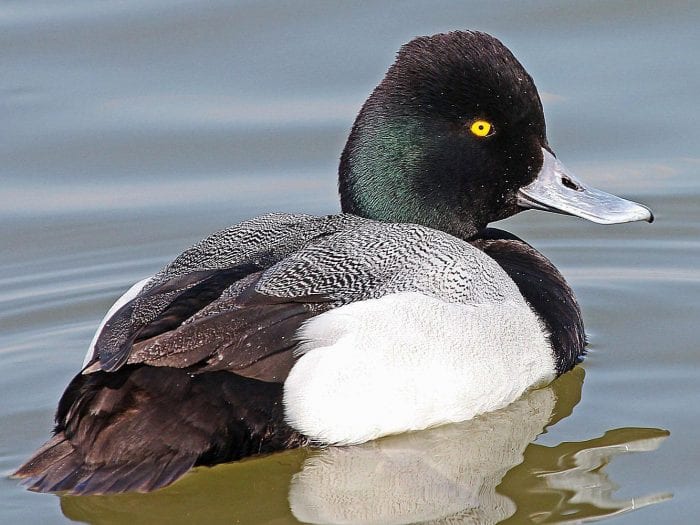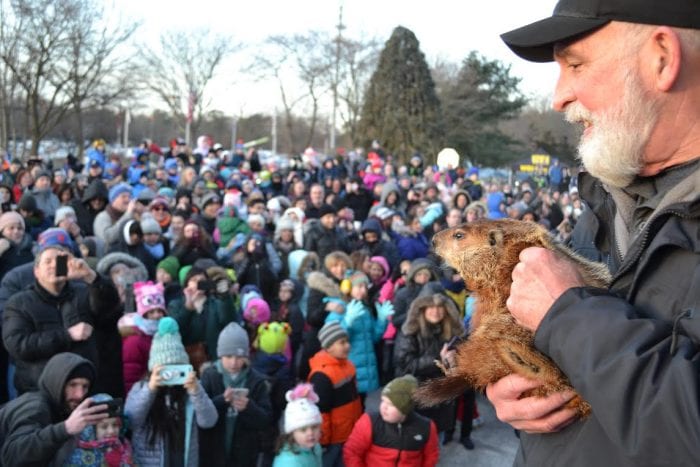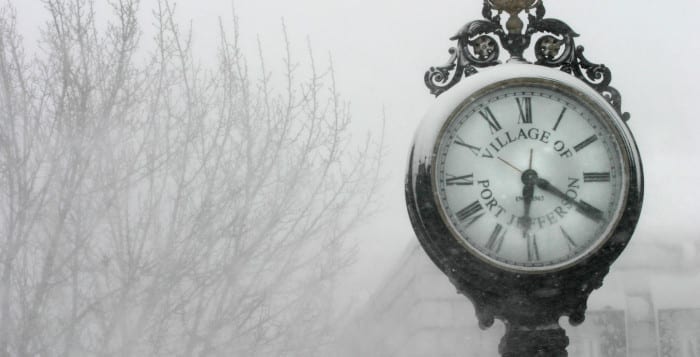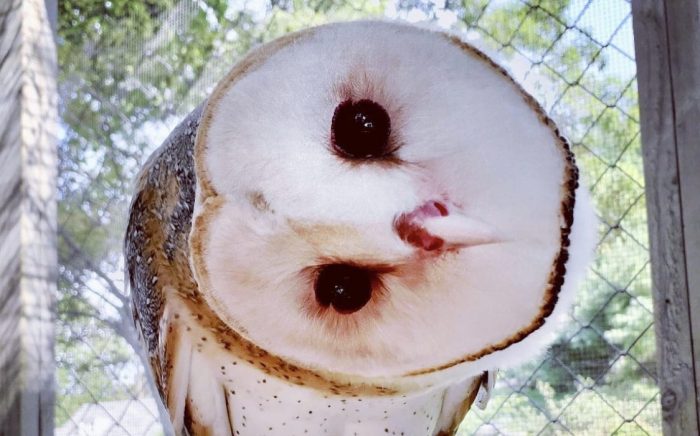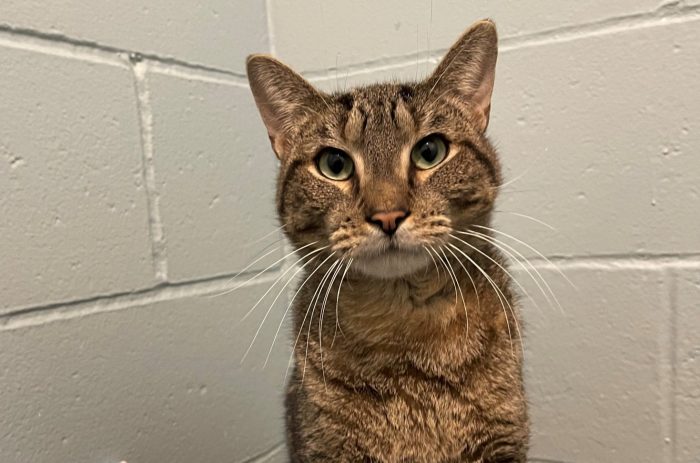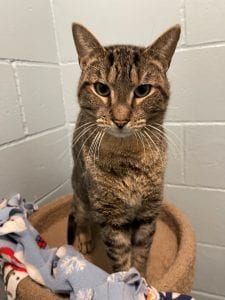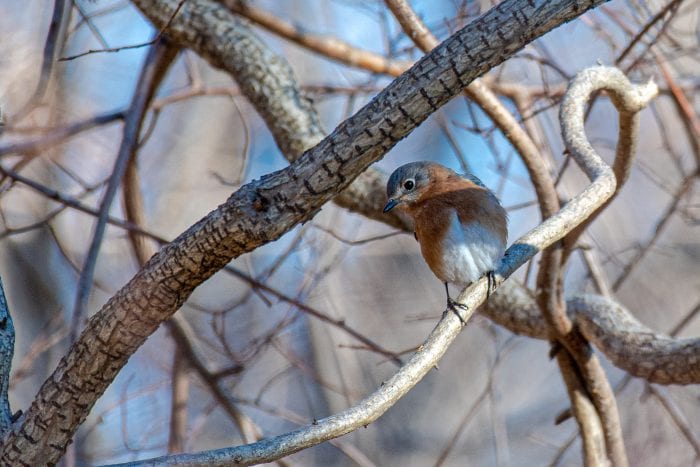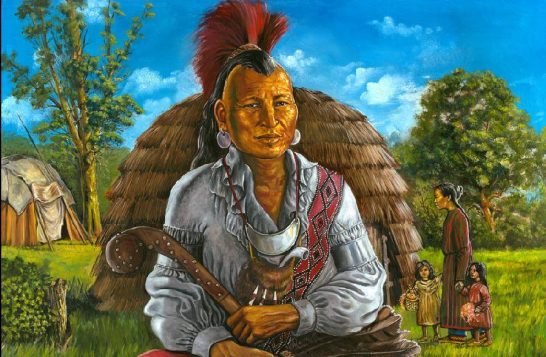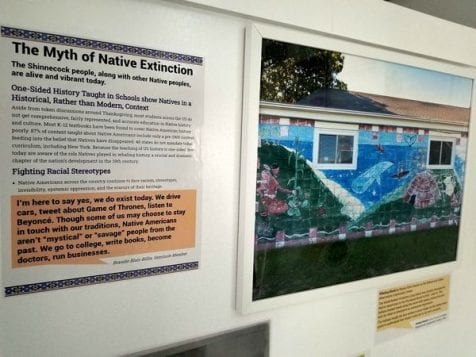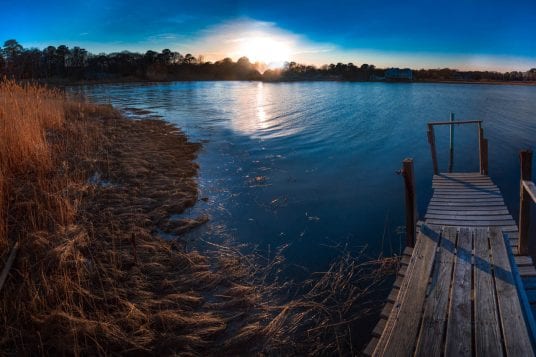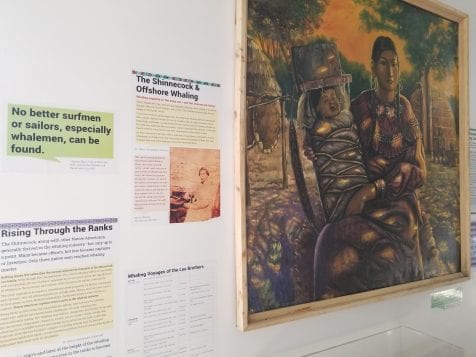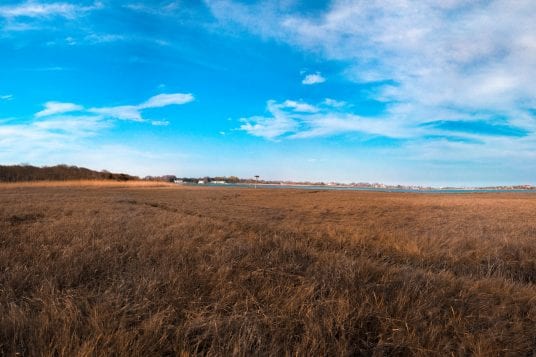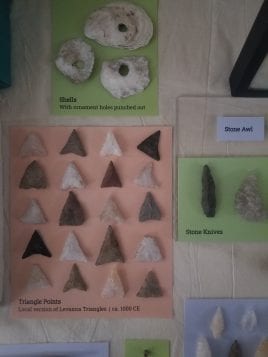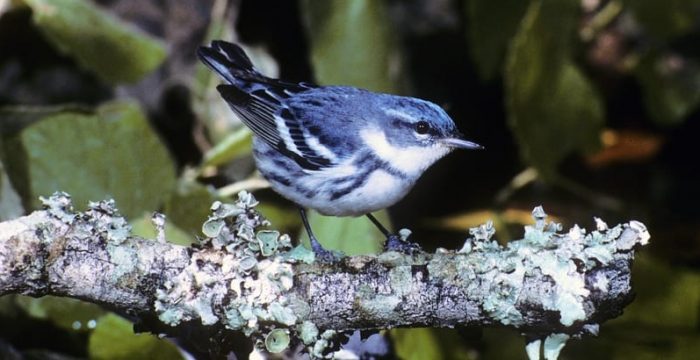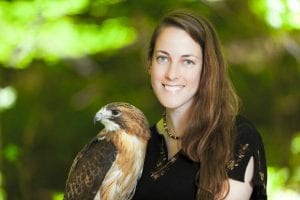By Daniel Dunaief

For the past week, I’ve had birds on my brain.
For starters, Central Park birders headed to the famous urban greenway recently to catch sight of a snowy owl, the first time people documented the presence of the bird in the park in about 130 years.
I wrote to a bird expert, Noah Strycker, who is both a celebrated avian author, having written “Birding without Borders,” and a master’s candidate at Stony Brook University in the laboratory of Heather Lynch, a penguin scientist and the IACS Endowed Chair for Ecology & Evolution.
Strycker responded to numerous questions about the owl and the snowstorm that blanketed the region earlier this week.
In response to a question about exactly what might bring a snowy owl to the city, Strycker suggested that these birds often “irrupt,” a word for traveling greater distances than normal, south from their normal Arctic range in winters following good breeding summers.
“Their appearance in New York may be related to an abundance of lemmings in the Arctic last summer,” Strycker wrote. In other words, these well-fed birds may have been able to journey further from the Arctic after a bountiful summer.
While Strycker didn’t catch sight of the owl this time, he did see one on Long Island last winter. They appear on the south shore almost every year, although it’s unusual to see one in Central Park because they prefer beaches and open areas, which are closer to a normal tundra habitat.
As for the rare birds Strycker has seen in the area, he said he got to see a Western Tanager and an Ash Throated Flycatcher in Green-Wood Cemetery in Brooklyn this fall. These are birds from the western part of the country, which don’t visit the Empire State too often.
Vagrant birds, which occur in areas outside their typical range, can appear in the area, a byproduct of a wrong turn during a long migration. So, what happens to birds during a snowstorm, I wondered.
For the snowy owl, if he were still here, the precipitation probably wouldn’t have been much of a problem, as his name suggests.
“Flying through falling snowflakes isn’t as much of an issue as flying in high winds, which do, occasionally, literally blow birds off course,” Strycker wrote.
During the storm, many bird species will tuck themselves in a protected spot, like in a dense tree to ride out the flakes.
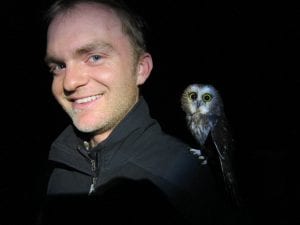
“This is a good time to watch your hedges and evergreen trees, which provide nice cover in the winter,” Strycker suggested.
Strycker said people could do seed eating birds — like sparrows, finches, cardinals, doves, chickadees, and jays — a favor by restocking a feeder before a snowstorm.
“They will all come to bird feeders for sunflower seeds and suet,” he said.
Snowy owls, on the other hand, don’t need handouts or feeders. They find their food, typically small mammals, by using their keen senses of sight and hearing. Shaped like a disc, an owl’s face concentrates faint sounds of rustling under the snow, allowing it to find prey it can’t see.
Strycker has always wanted to find an owl footprint in the snow, which looks like a snow angel. The owl lands on the snowy landscape to find its prey and lifts off, leaving footprint evidence of its meal.
As for the effect of the snow on a bird’s survival, Strycker said most of the birds in the area manage through the colder months.
“Snowstorms have been occurring in New York for a very long time, so birds that spend the winter here have mostly adapted to surviving them,” Strycker wrote.

